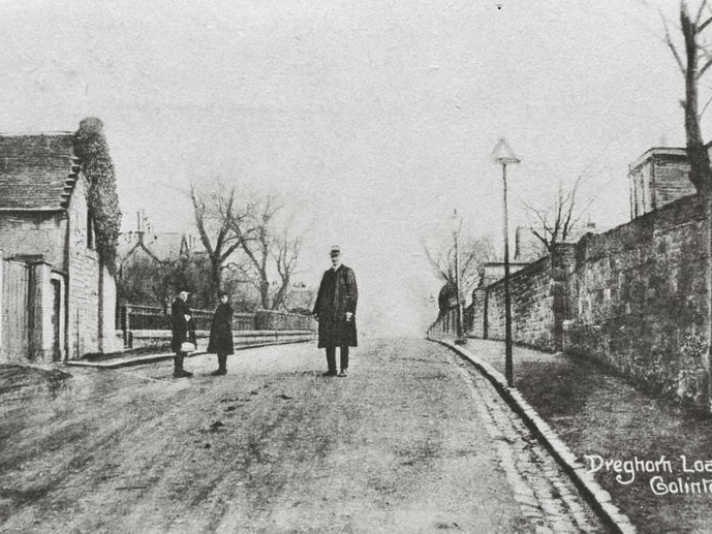Colinton, a charming village nestled on the outskirts of Edinburgh, boasts a rich history interwoven with the lives of fascinating figures. From medieval nobles to literary giants, these individuals have left their indelible mark on the village’s landscape and character. Let’s delve into the stories of some of Colinton’s most notable residents who are not described in other parts of the site:
Sir Roger de Quincy: The Baron Who Built a Legacy (12th Century)
Imagine a stoic knight, Sir Roger de Quincy, gazing out from the ramparts of Colinton Castle in the 12th century. This formidable nobleman wasn’t just the castle’s architect; he was also the Constable of Scotland, a position of immense power and responsibility. By constructing this grand fortress, Sir Roger laid the foundation for the village that would blossom around it.
Robert Pont: The Reformer Who Found Refuge (16th Century)
Fast forward to the turbulent 16th century, when religious reformer Robert Pont sought sanctuary in Colinton after being ousted from his post as Minister of St Cuthbert’s in Edinburgh. Undeterred by his forced exile, Pont found solace in the village’s tranquil setting. He even lent his expertise to the creation of some of the earliest maps of Scotland, leaving behind a valuable legacy that transcended his religious pursuits.
George Combe: The Mind-Mapper Who Made Waves (18th Century)
Colinton takes pride in being the birthplace of George Combe, a pioneering figure in the field of phrenology. This 18th-century lawyer turned his intellectual curiosity towards the human mind, propounding theories that linked personality traits to the shape of the skull. Though his methods may seem unorthodox today, Combe’s book, “The Constitution of Man,” was a bestseller in its time, sparking widespread debate and fascination.
Sir Walter Scott: The Literary Giant Who Walked the Water of Leith (19th Century)
No exploration of Colinton’s notable figures would be complete without mentioning Sir Walter Scott, the literary titan who frequented the village. The iconic author was known for his regular walks along the Water of Leith, often meandering through Colinton’s charming streets and soaking in its timeless atmosphere. His novels, including “The Heart of Midlothian,” immortalized Colinton in words, solidifying its place in Scottish literary lore.
These are just a few of the remarkable individuals who have graced Colinton with their presence. From barons and reformers to phrenologists and literary giants, their stories paint a vibrant picture of the village’s rich past. As you wander through Colinton’s quaint streets, remember that you’re walking in the footsteps of these fascinating figures, each of whom has contributed to the unique character of this enchanting place.
Throughout its long history, Colinton has been home to many influential figures who have left their mark. Though not comprehensive, here are some of the most significant individuals tied to Colinton over the centuries:
Sir Roger de Quincy (12th century nobleman who built first manor house)
- Built Colinton Castle in the 1100s, establishing roots of village
- Served as Constable of Scotland
Robert Pont (16th century Scottish reformer)
- Lived in Colinton after being forced out as Minister of St Cuthberts
- Helped compile important early maps of Scotland
George Combe (18th century lawyer and phrenologist)
- Born in Colinton, became well-known for theories on the human mind and skull shape
- Wrote The Constitution of Man considered influential work of its time
Sir Walter Scott (19th century novelist)
- Known to have regularly walked along the Water of Leith through Colinton
- Colinton features in several Scott novels including The Heart of Midlothian
Colinton’s prestigious residents have included kings, clergy, inventors, artists, and medical pioneers. Their contributions and legacies reveal fascinating insights into Colinton’s past.

